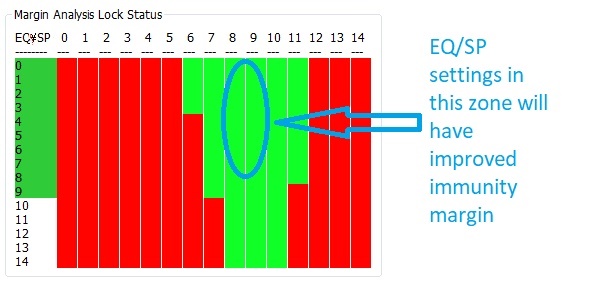Other Parts Discussed in Thread: ALP, DS90UB958-Q1, DS90UB951-Q1
Hi,
In the project, I'm currently working on we are using a DS90UB935-Q1 serializer to convert a MIPI interface to a FPD-link III interface.
Is there a whitepaper with recommendations on how to protect the FPD-link III from possible immunity problems?
Thanks,
Stijn



